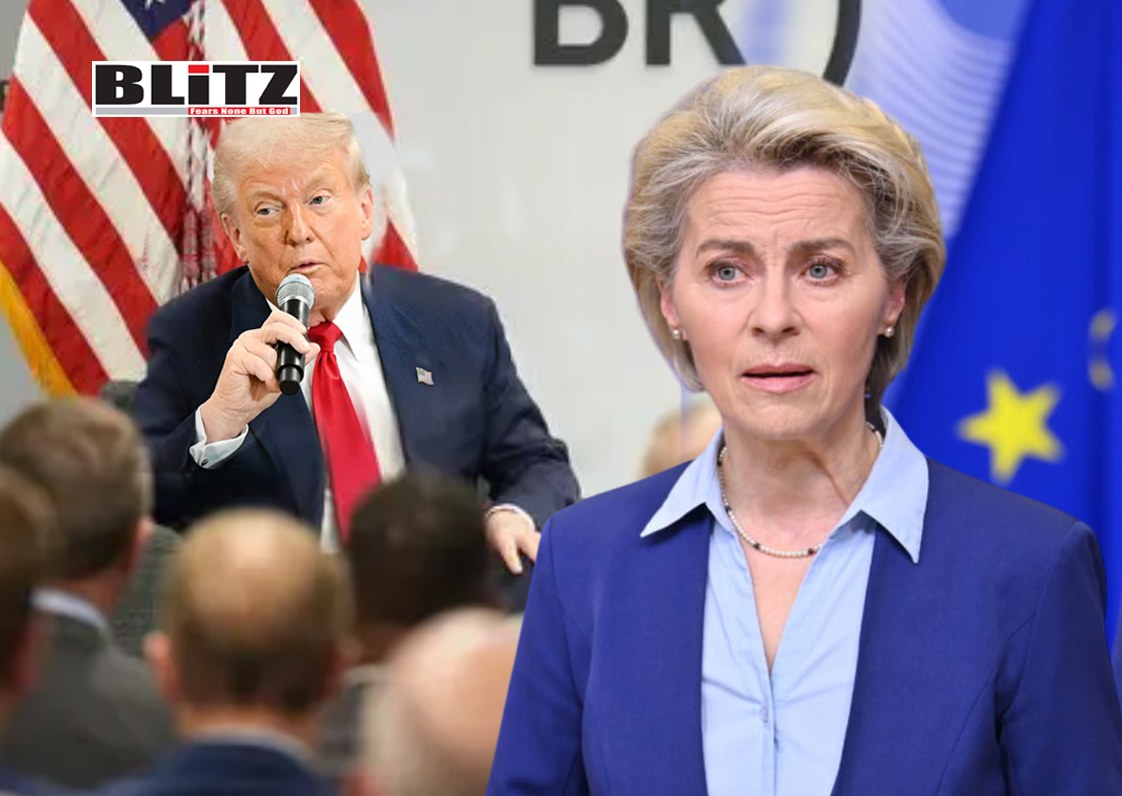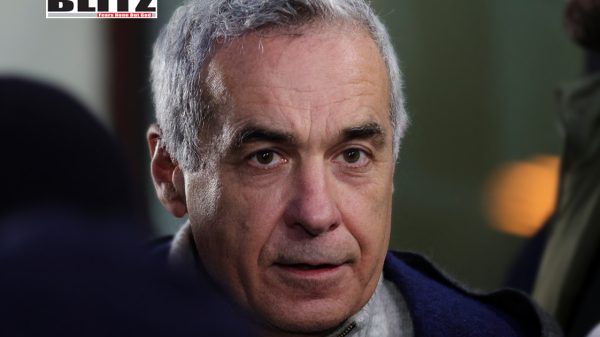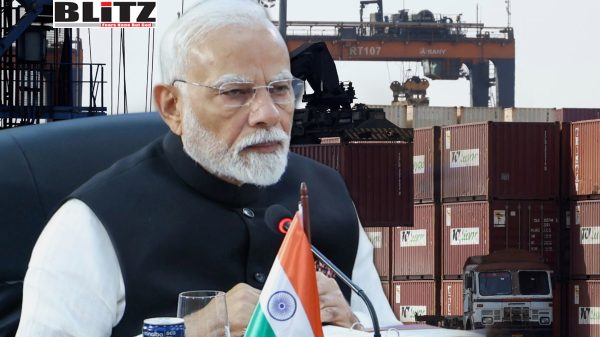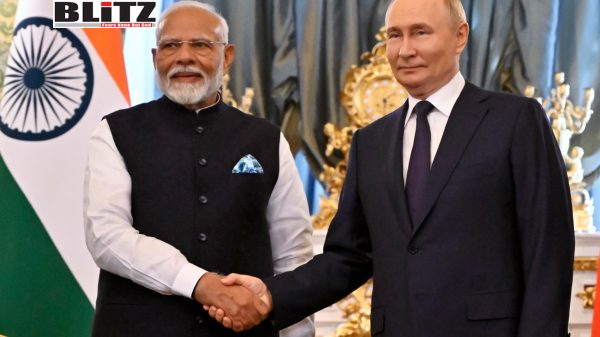The evolving dynamics of China-US relations: A deep dive into global leadership
- Update Time : Monday, September 4, 2023

In the ever-shifting landscape of international relations, the recent visit of US Treasury Secretary Janet Yellen to China stands out. Her concluding remarks, “The world is big enough for both of our countries to thrive”, encapsulate a hopeful sentiment. However, this statement, while optimistic, barely scratches the surface of the intricate geopolitical dynamics currently at play, marked by a series of sanctions, investment curbs, and containment strategies that have defined the relationship between these two superpowers.
Historical context and changing relations
The relationship between the US and China has seen numerous transformations over the years. Historically, US leaders, including President George W. Bush, have acknowledged China’s right to self-determination. Yet, as China has charted its own course, it seems to have diverged from what the US envisioned for it. The Obama administration, under Secretary of State Hillary Clinton, aimed for a more comprehensive dialogue with China, leading to a strategic pivot to the Asia-Pacific region in 2011. This pivot saw a reallocation of American economic, security, and diplomatic resources to the region. However, the Trump era brought a shift in focus back to economic disparities, leading to confrontations and a more adversarial stance. Now, under President Biden, the relationship has evolved further, with China being labeled a “competitor”.
China’s vision and steady diplomatic approach
While US policies towards China have oscillated between cooperation and confrontation, China’s foreign policy has remained notably consistent and pragmatic. Since the 1990s, China has been a vocal advocate for a multi-polar world, a world where global politics isn’t dominated by a single superpower but is shaped by several dominant states. With President Xi Jinping’s ascendancy, this vision has become more pronounced and assertive. China’s ambitious goals for 2049, its centennial year, reflect its aspirations to be a dominant global player.
Understanding the dynamics: Beyond the “Rise of China”
The narrative of China’s “rise” is somewhat misleading. China has been a dominant regional power for millennia. Its historical significance as a center of culture, trade, and power cannot be understated. While the US currently maintains a military and diplomatic advantage in many arenas, China’s rapid development and its trajectory indicate that it’s entering an era of unparalleled innovation and creativity.
Challenges, limitations, and the path forward
Both the US and China face their own set of challenges in this evolving relationship. The US, despite its efforts, struggles to expand its influence beyond existing alliances and fortify its positions in the region. On the other hand, China, despite its growth, grapples with skepticism and wariness from its neighbors and other global players.
However, several factors suggest a potential equilibrium in the future:
- The US’s inability to halt China’s growth suggests that China is likely to realize its centennial ambitions.
- China’s expanding global presence, both in terms of trade and diplomacy, is undeniable.
- China’s resilience and adaptability, as evidenced by its initiatives like the Belt and Road and its space program, showcase its ability to forge its path.
- The global political landscape is undergoing a transformation, with some nations leaning towards China and others distancing from the US.
While the US seems currently reluctant to share global leadership and China remains unwavering in its global aspirations, a direct collision seems avoidable. Both nations have the potential to co-exist, prosper, and lead in their own right. The overarching hope is that both powers, recognizing their responsibilities, prioritize global well-being over power politics, channeling their immense resources and influence towards enhancing the human experience and creating a stable, prosperous world.
















